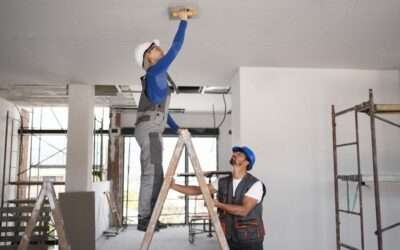With increases in technology and changing societal and familial patterns, care for the elderly has expanded and grown significantly since the beginning of the 20th century. Retirement homes offer relaxation and entertainment; care centers provide acute medical services and patient-based attention. Many senior citizens choose to reside with their children and their families, should circumstances permit. Becoming ever popular, however, is the concept of “aging in place.”
What is aging in place?
Considered the ideal form of living during the final stages of life for many, aging in place is the action of retirement and living in one’s own home until their death.
For whom is aging in place practical?
While most elderly persons would prefer to age in place, individuals often require intensive care or have conditions that require medical assistance. Aging in place is most practical for elderly couples, elderly persons without severe dementia or Alzheimer’s, or those seniors who still enjoy almost uninhibited mobility. While individuals with the described conditions could age in place with the care of outside services or familial assistance, some of their needs may be better met by specialized and personalized medical care.
What are the benefits of aging in place?
Aging in place has many benefits. The elderly can maintain familiarity because of consistent surroundings, neighborhood associations, and people. Living at home can minimize the confusion and anxiety caused by dementia because of memory-associated surroundings and belongings. Under such circumstances, the elderly are better able to enjoy their privacy, possessions, and property. Additionally, services that assist the elderly with hospice care, food supply, yard work, etc. are more affordable than full-time residence at a care center or retirement home.
What are the risks of aging in place?
Aging in place can pose potential problems to certain individuals. Elderly persons living alone will not be under the supervision of others and could get confused, become lost, or run away if suffering from severe dementia. Individuals with issues balancing, standing, sitting, etc. are more prone to falls and could suffer severe bone breakage, bleeding, or even death; because they are living alone, they will be more vulnerable to severe and possibly irreversible damage. For those who are married, one individual may find themselves the caretaker of their spouse, adding significant mental and emotional stress as they watch their spouse’s health and wellness deteriorate under extenuating circumstances.
What can be done to minimize these risks?
Interventions can be made to minimize the potential risks of aging in place. Children of elderly adults should consider installing railings along stairways, hallways, and in bathrooms. Chair lifts and ramps for wheelchairs also prove accommodating and easy to install.
The Bottom Line
Ultimately, aging in place in an ideal situation for many elderly citizens that allows them to practice independence, maintain privacy, and experience familiarity and comfort during their final years of life. Risks of living at home can be minimized by interventional installation and adaptation; for more information, visit our website at https://adkinsbuilt.com/.




